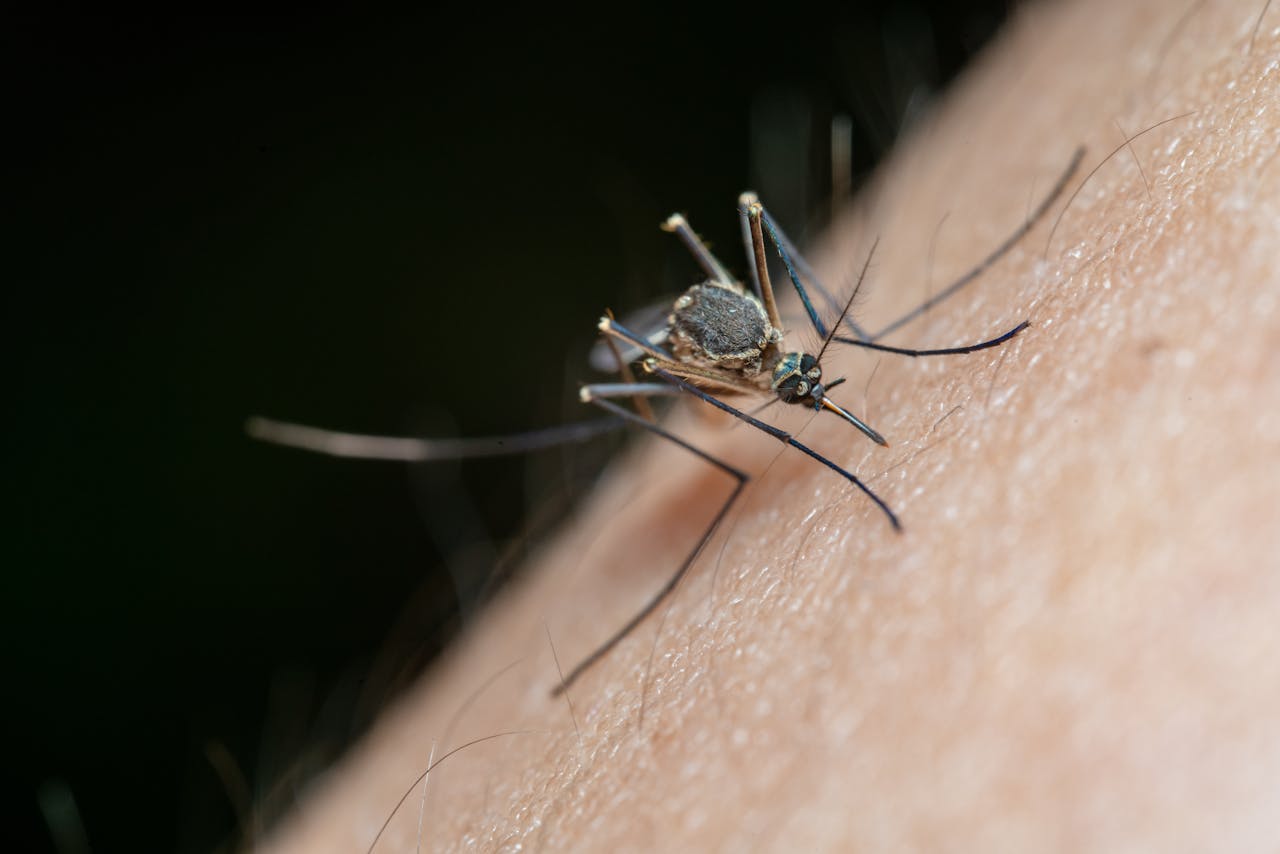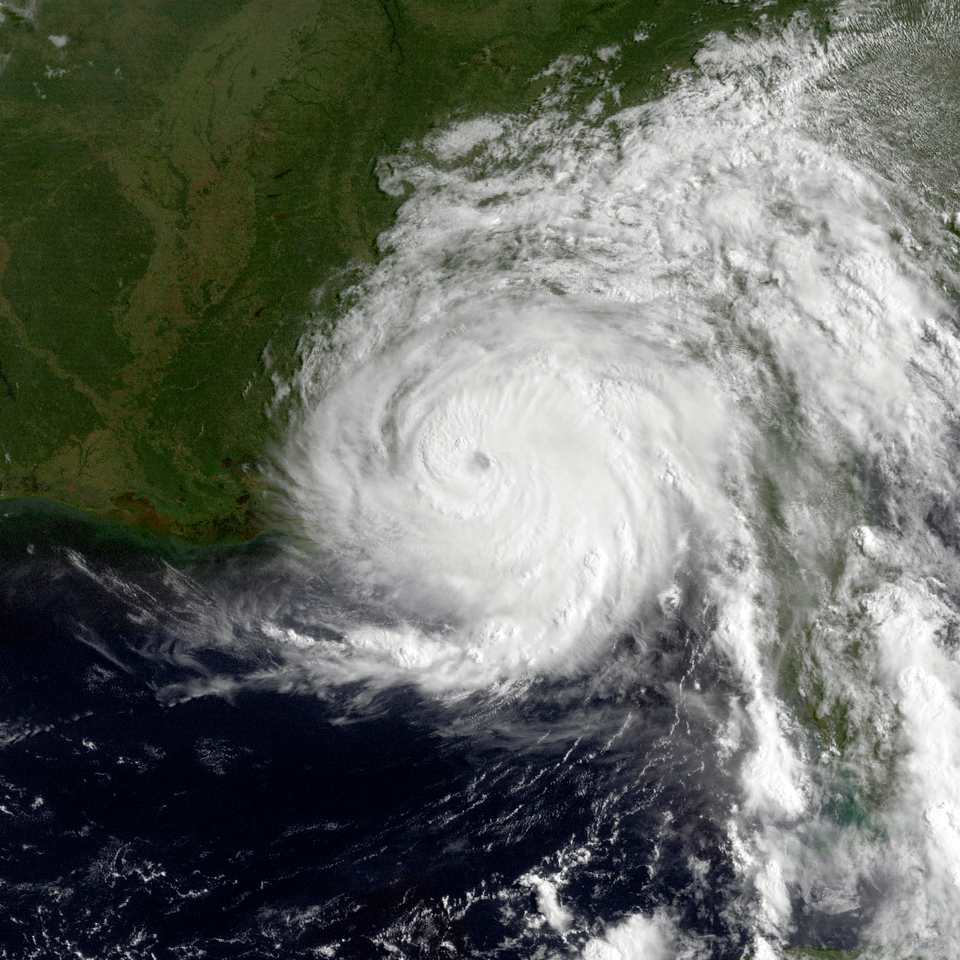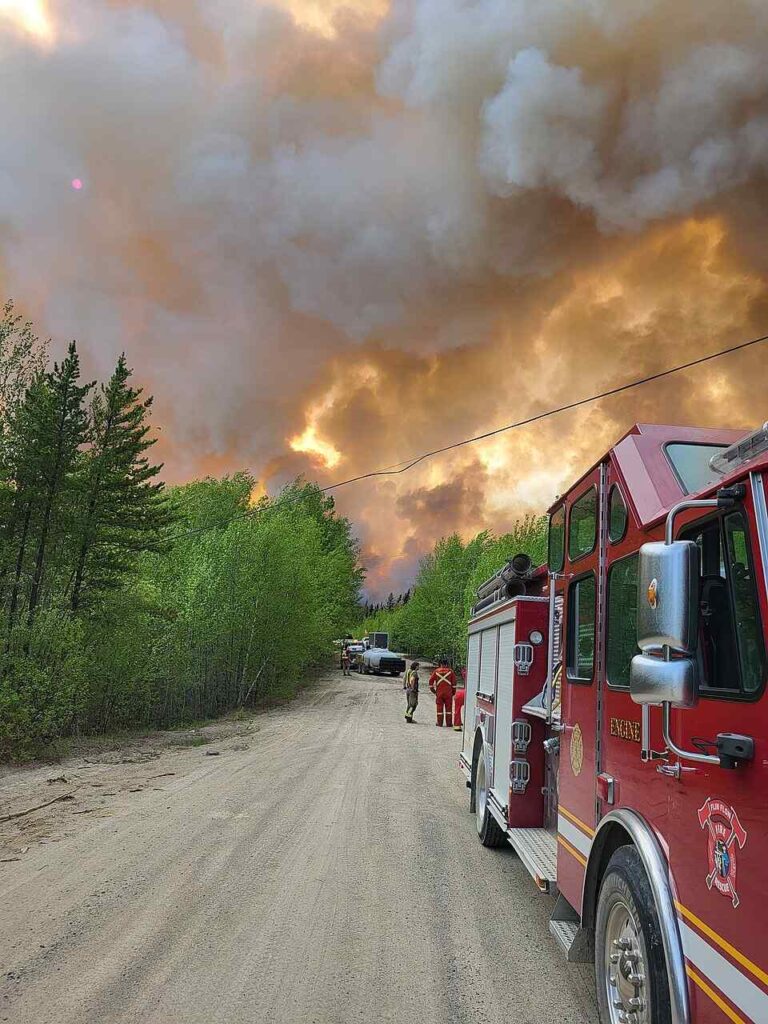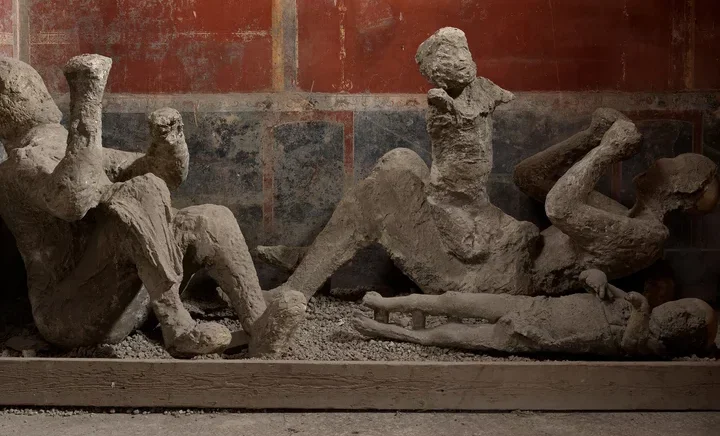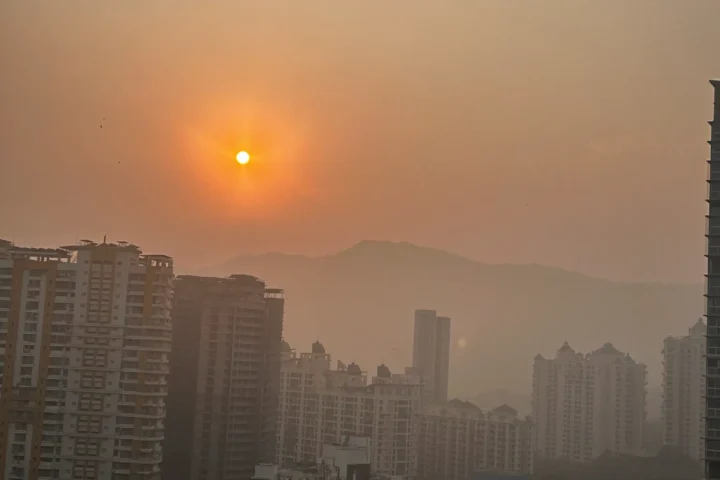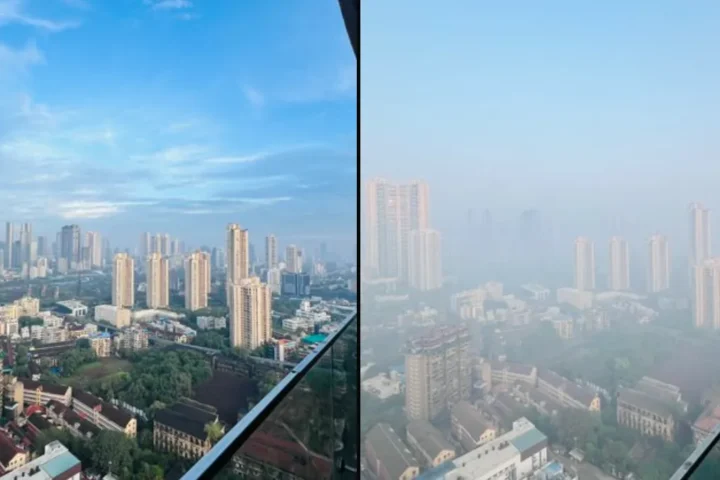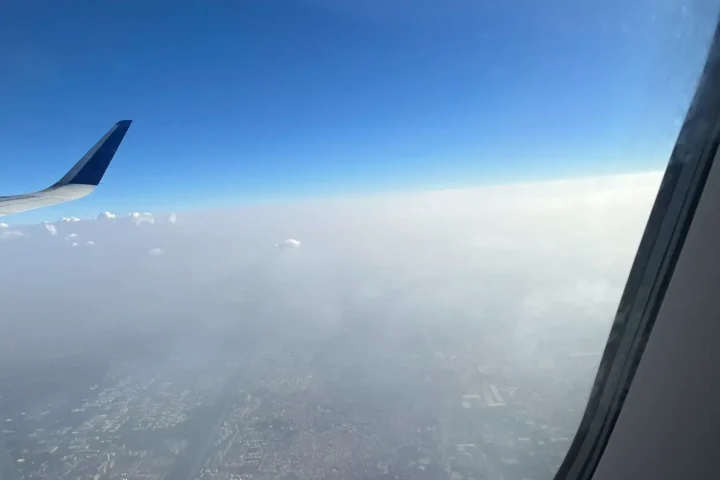Las Vegas faces a growing mosquito crisis that experts warn is becoming “a ticking time bomb.” Once thought unable to survive in desert climates, mosquitoes have rapidly spread throughout Clark County, bringing increased risks of diseases like dengue fever and West Nile virus.
The Aedes aegypti mosquito, initially discovered in Las Vegas in 2017, has now spread across the region, appearing in 48 different postal zones throughout the valley. These mosquitoes are “relentless daytime biters,” making them particularly troublesome for the city’s 48 million annual visitors who spend daylight hours at pools, outdoor restaurants, and entertainment venues.
“In Vegas, we have more than 48 million visitors coming through our doors every year from all over the planet,” said Louisa Messenger, an assistant professor at the University of Nevada, Las Vegas. “It just takes a couple of mosquito bites to start local transmission.”
Health officials recorded 26 West Nile virus infections in Las Vegas residents during 2024, fewer than the peak of 43 cases seen in 2019. Despite fewer human infections, researchers found more virus-positive mosquitoes than ever before in 2024, indicating significant exposure risk. So far this year, while testing has revealed infected mosquitoes in various neighborhoods, no human infections have been confirmed.
The explosion of mosquitoes in Las Vegas stems from several factors. Urban development has created ideal breeding conditions – golf courses, human-made lakes, and artificial irrigation systems provide water sources that mosquitoes need to reproduce. Climate change likely plays a role too, as warmer temperatures expand mosquito habitats worldwide.
While Culex mosquitoes typically reproduce around substantial water bodies such as neglected swimming pools, the Aedes aegypti species needs only minimal water – a couple inches of water – and commonly lays eggs in everyday items left outdoors.
“One of the reasons they are spreading so quickly is the mosquito can lay its eggs in small containers,” said Vivek Raman, environmental health supervisor for the Southern Nevada Health District.
What makes Las Vegas particularly vulnerable is its lack of coordinated mosquito control. Unlike regions with dedicated pest management programs, Las Vegas operates without a unified mosquito control authority. Instead, control efforts are fragmented between private pest companies and limited public health surveillance.
Similar Posts
This lack of coordination has allowed mosquitoes to develop resistance to insecticides, according to research from UNLV. Scientists have found mosquitoes surviving very high pesticide concentrations, particularly around golf course water hazards in Summerlin and Henderson.
The situation grows more concerning as dengue fever surges across North and South America, with over 13 million cases recorded in 2024 according to the CDC. As a global tourist destination hosting international travelers daily, Las Vegas faces exceptional challenges for disease surveillance and prevention.
The Southern Nevada Health District conducts mosquito surveillance and public outreach, but experts stress that broader solutions are needed. A centralized effort could better monitor insecticide effectiveness and prevent resistance from developing.
“The bottom line is that this is entirely preventable,” Messenger emphasized. “Nobody in southern Nevada, in Clark County, should be getting bit by mosquitoes and contracting any kind of virus.”
For residents and visitors, protection means using insect repellent, removing standing water around homes, and staying vigilant during daytime hours when Aedes aegypti are most active. As Las Vegas continues to grapple with this growing health concern, experts say coordinated action will be key to preventing future outbreaks.
